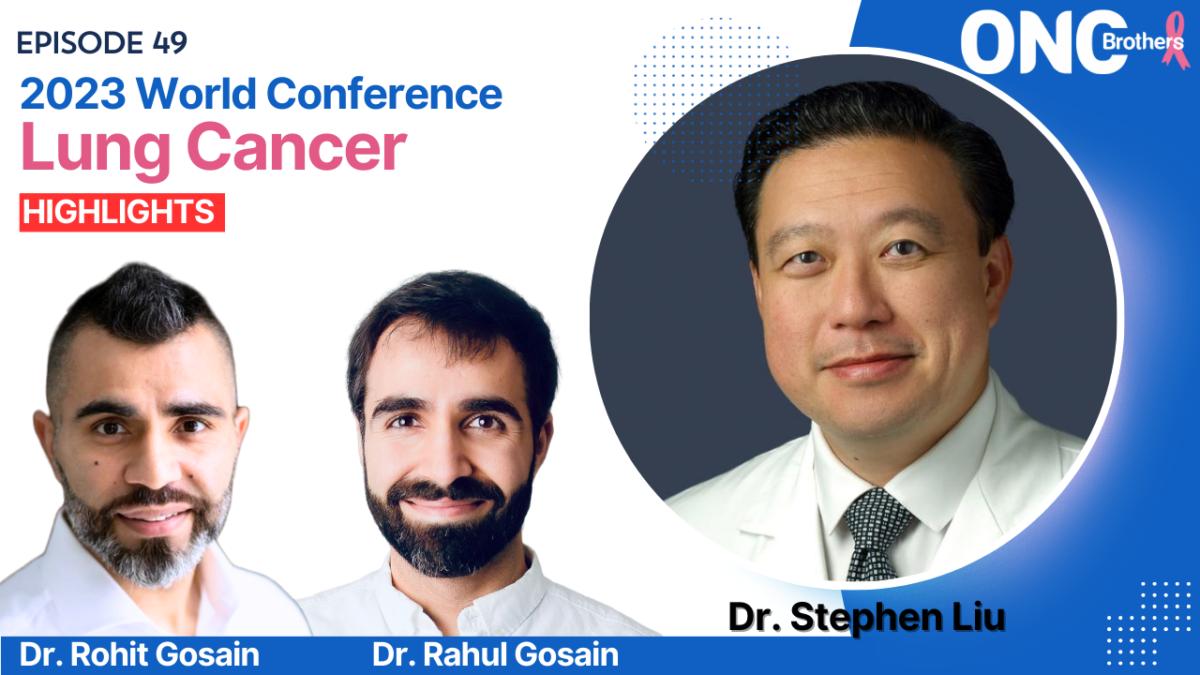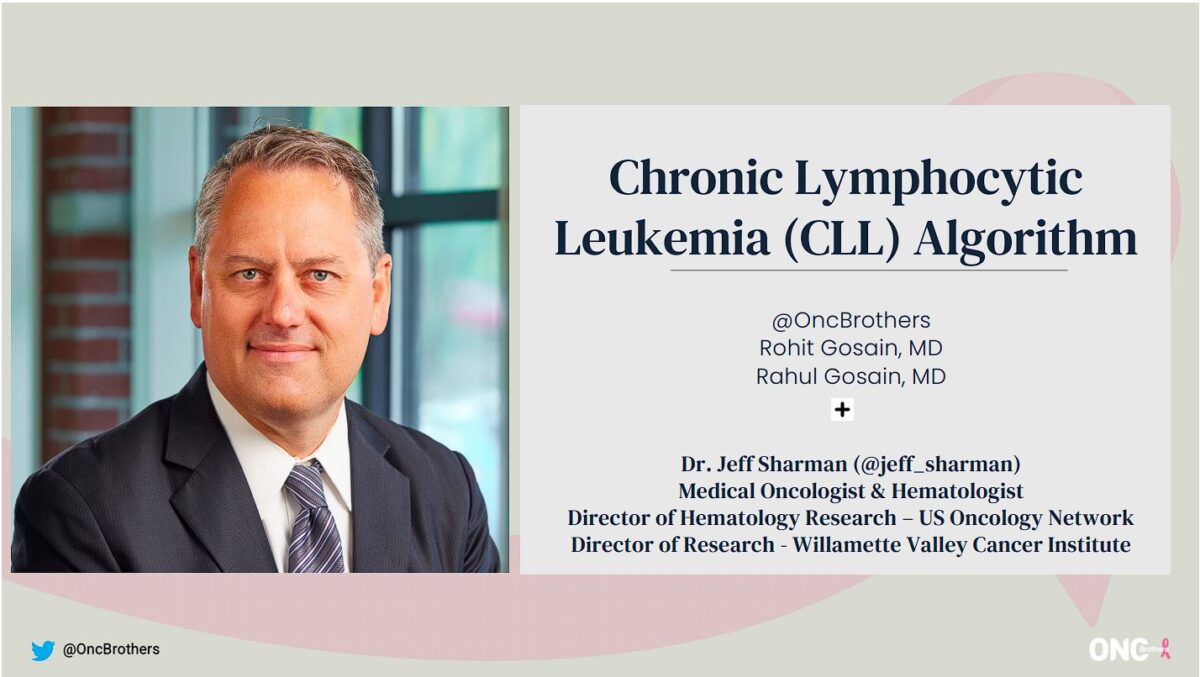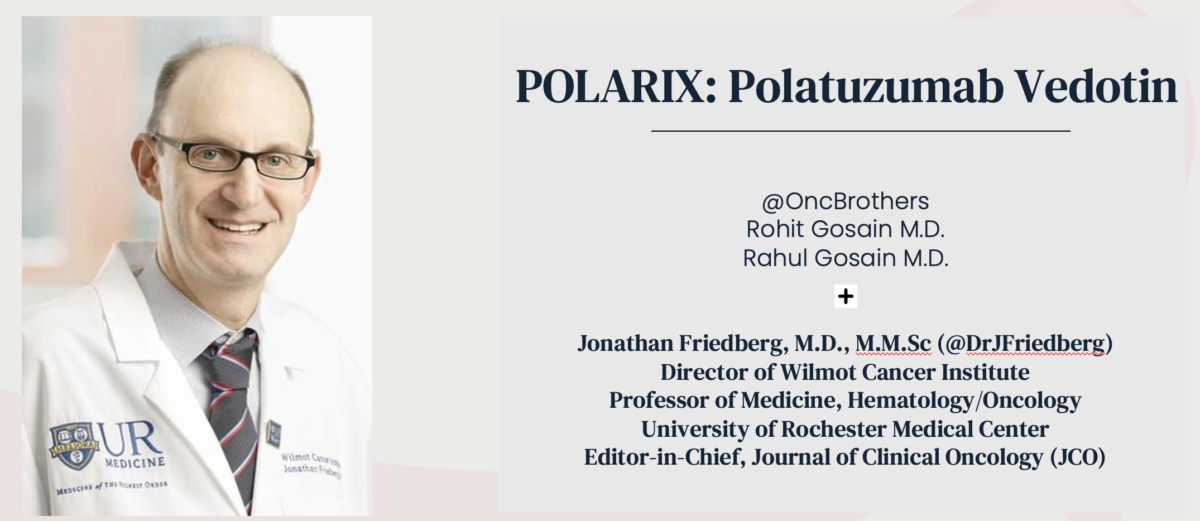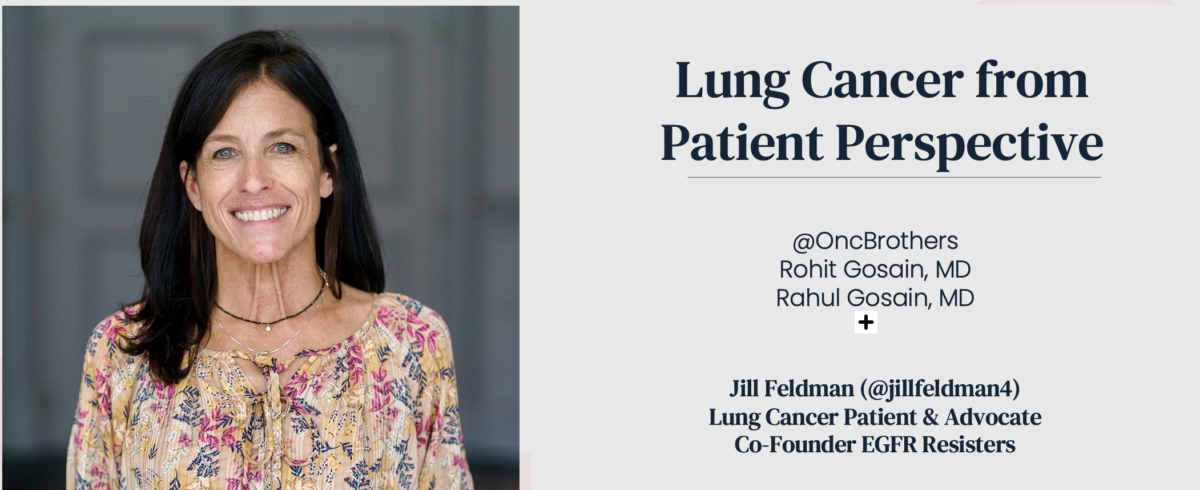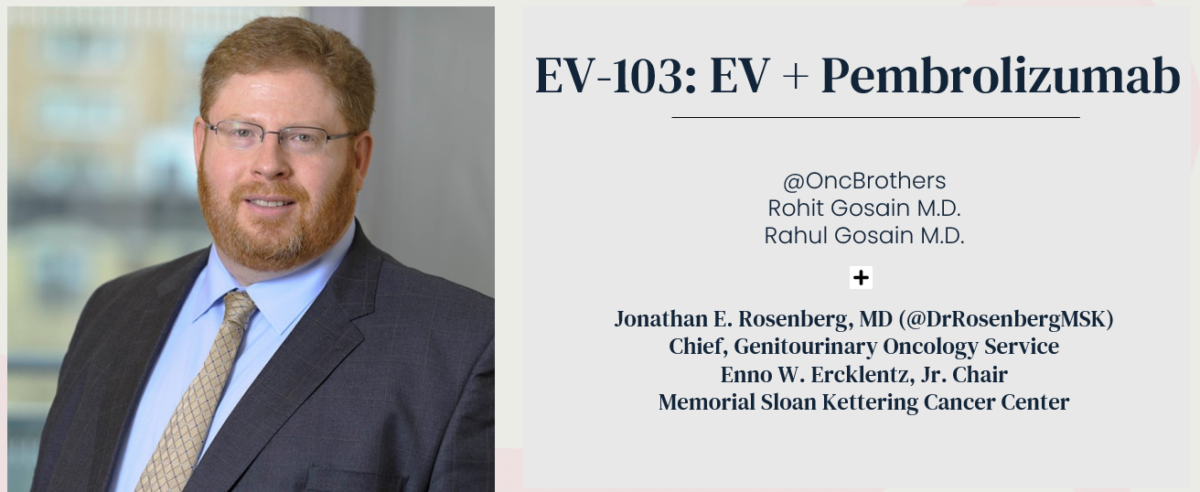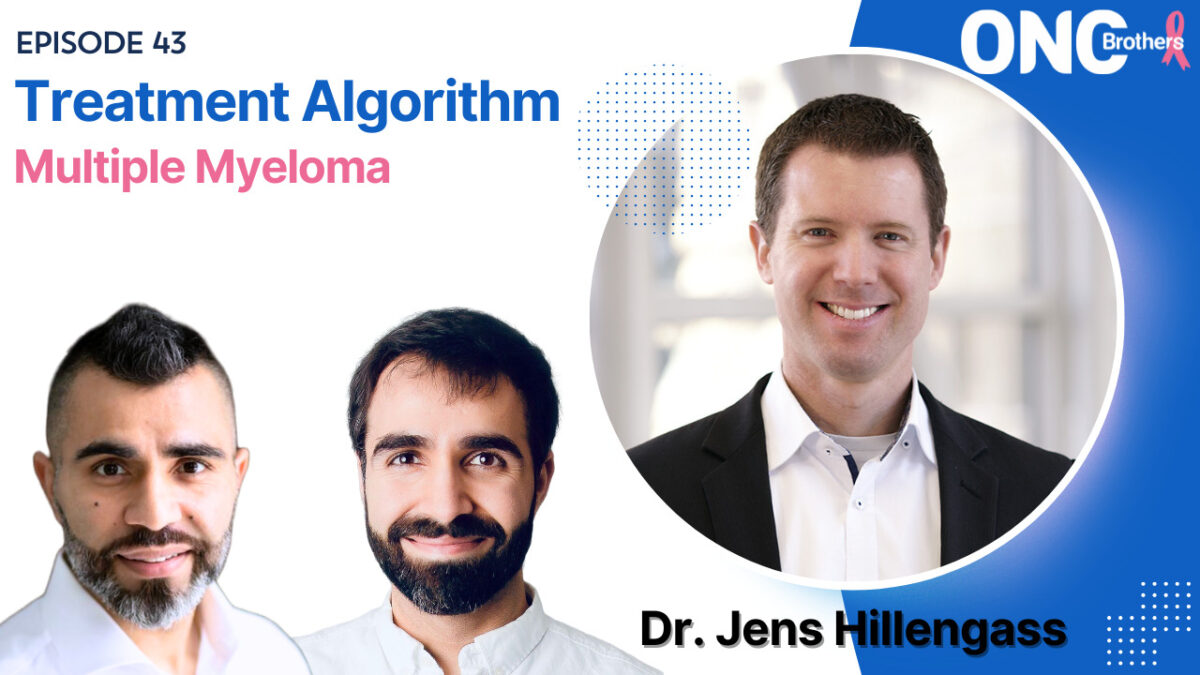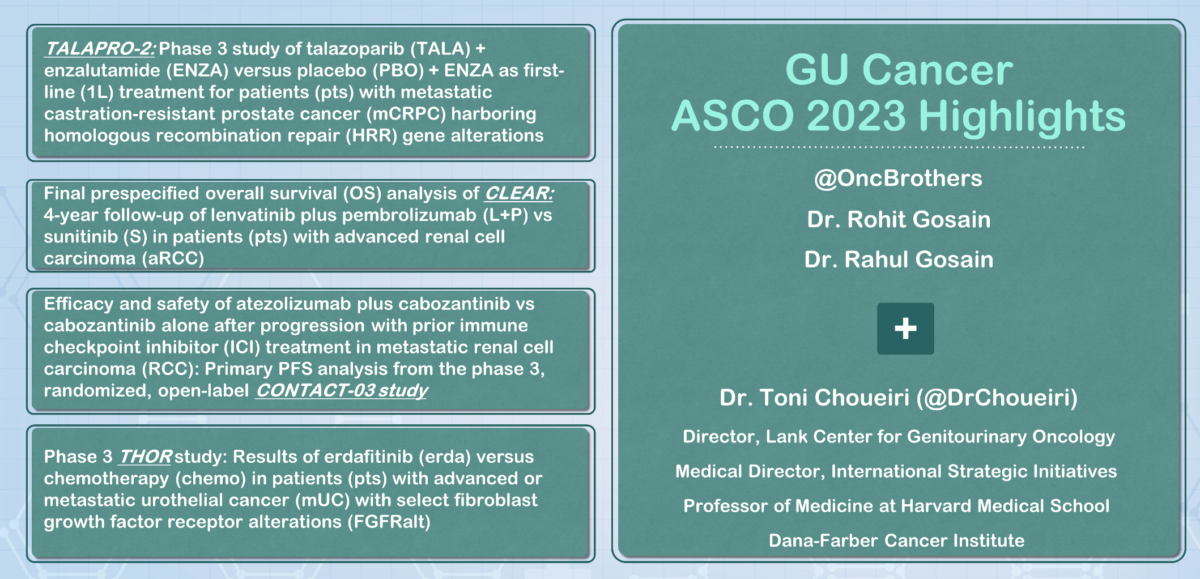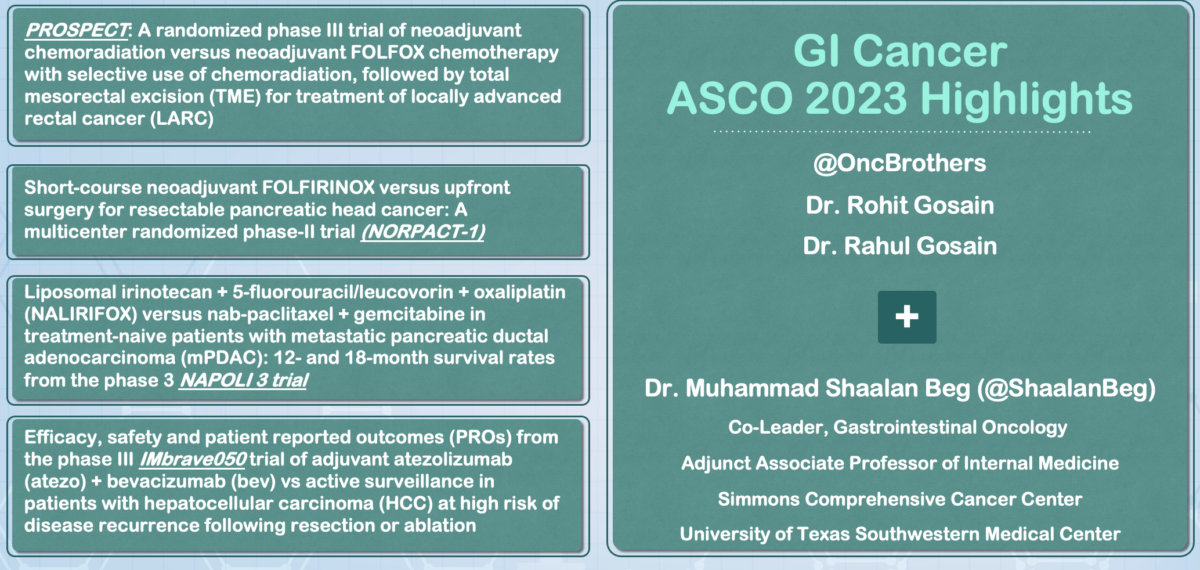In discussion with Dr. Rana McKay, covering the ESMO 2023 GU Cancer Highlights from Community Oncology perspective. We covered 3 important practice informing studies with Dr. McKay:
– SunRISE-1 – TAR-200 in Combination with Cetrelimab Versus TAR-200 Versus Cetrelimab in NMIBC unpresponsive to BCG – with TAR-200 mono therapy achieving 77% overall complete response rate
– EV-302 – Enfortumab Vedotin and Pembrolizumab Versus Chemotherapy in Untreated Metastatic Urothelial Cancer, which showed impressive PFS and OS
– PSMAfore – 177Lu-PSMA-617 Versus Androgen Receptor-directed Therapy in the Treatment of Progressive Metastatic Castrate Resistant Prostate Cancer with impressive responsiveness


